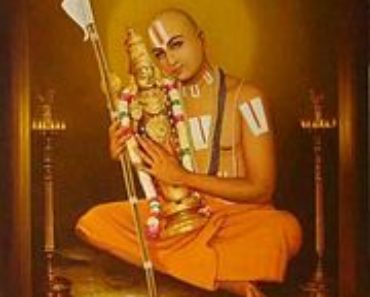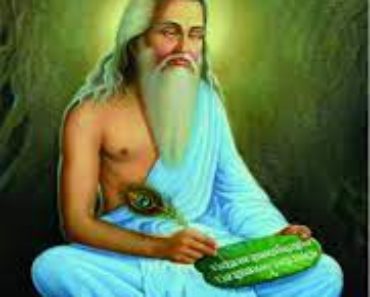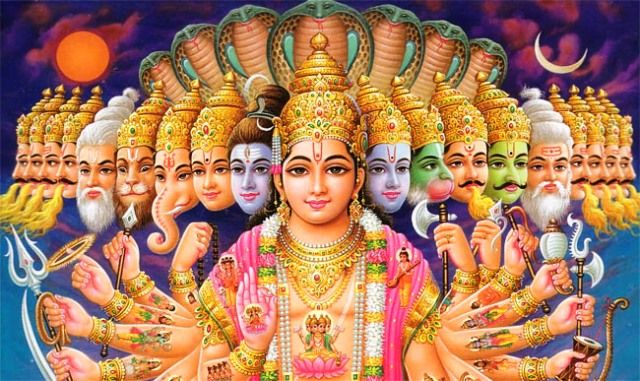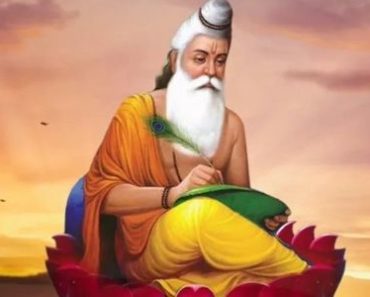Table of Contents
Introduction
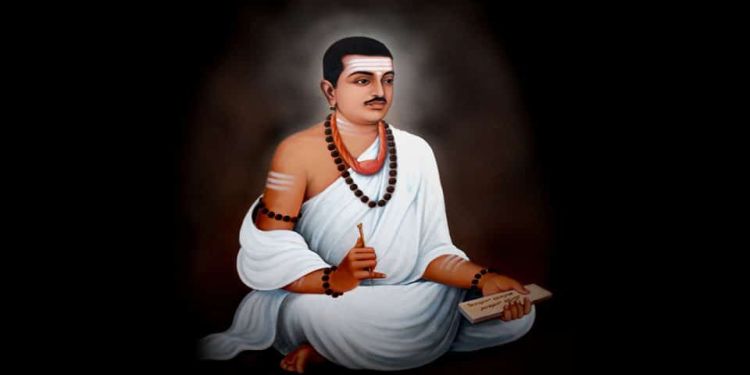
During the reign of the Kalachuri-dynasty monarch Bijjala I in Karnataka, India, Basavanna was a 12th-century Indian philosopher, statesman, Kannada poet in the Shiva-focused Bhakti movement, and a social reformer. Basavanna’s poetry, known as Vachanaas, was used to raise societal awareness. The Basavarajadevara regale, written by Kannada poet Harihara, is the earliest account of the social reformer’s life and is significant since the author was a close contemporary of his protagonist. The Basavanna Purana by Palkuriki Somanatha, a 13th-century sacred Telugu literature of the south Indian Hindu Lingayat sect, gives a detailed account of Basava’s life and ideals. Basava rejected gender and social discrimination, as well as superstitions and rituals such as the wearing of sacred thread, and instead introduced the Ishtalinga necklace, which features an image of Shiva Liga, to everyone, regardless of their birth date, as a constant reminder of their bhakti, or devotion to Shiva. As the kingdom’s chief minister, he established new public institutions such as the Anubhava Mantapa, or “hall of spiritual experience,” which encouraged men and women of various socioeconomic backgrounds to address spiritual and ordinary life issues openly.
Basavanna’s poetry, known as Vachanaas, was used to raise societal awareness. Basava rejected gender and social discrimination, as well as superstitions and rituals such as the wearing of sacred thread, and instead introduced the Ishtalinga necklace, which features an image of Shiva Liga, to everyone, regardless of their birth date, as a constant reminder of their bhakti, or devotion to Shiva. As the kingdom’s chief minister, he established new public institutions such as the Anubhava Mantapa, or “hall of spiritual experience,” which encouraged men and women of various socioeconomic backgrounds to address spiritual and ordinary life issues openly.
Teachings of Basavanna
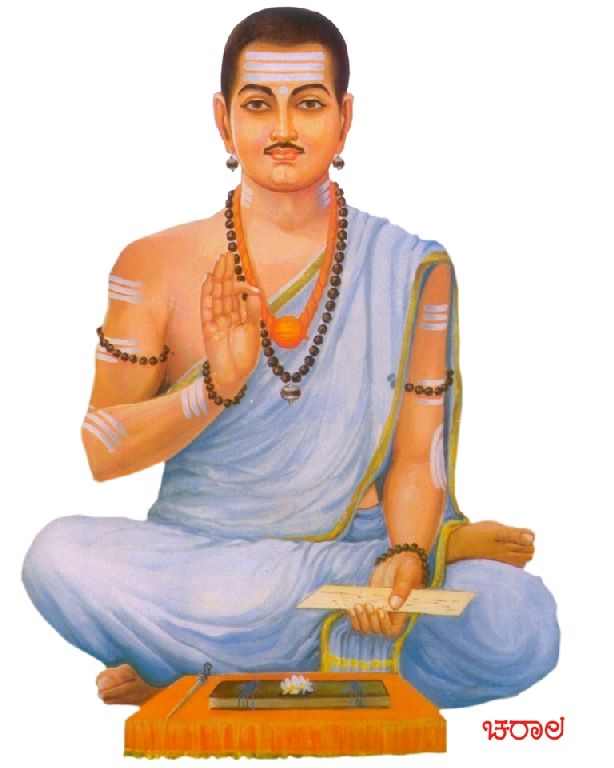
Basava grew up in a Shaivite family. As a new spiritual movement, he formed and inspired the Virashaivas, or “ardent, heroic worshippers of Shiva.” This movement had its origins in the ongoing Tamil Bhakti movement, particularly the Shaiva Nayanars traditions, between the 7th and 11th centuries. Individualized direct worship of Shiva through practices such as individually worn icons and symbols like a miniature linga was promoted by Basava, who rejected Brahmin-led temple worship and procedures in favor of individualized direct worship of Shiva through practices such as individually worn icons and symbols like a miniature linga. Shiva’s presence was made available to everyone at all times, regardless of gender, class, or caste, using this manner. Basava’s poems, like Basavanna 703, speak of a strong feeling of gender equality and communal connection, eagerness to fight a war for a good cause while also serving as a fellow “devotees’ bride” when necessary.
The former was symbolized by temples and ancient writings, while the latter was represented by work and discussion. Constant personal spiritual progress, according to Basava, is the way to genuine insight. He advocated for using Kannada, a vernacular language, in all spiritual discourses so that the elite’s translation and interpretation were unneeded and that everyone could understand the spiritual principles. Ramanuja compares his approach to the protestant movement. His worldview is based on seeing one’s own body and soul as a temple; rather than building a temple, he recommends being the temple. Guru, which meant teacher, linga, which meant Shiva’s symbol, and Jangama, which meant always moving and learning, made up his trinity. In the 12th century, Basava created Anubhava Mantapa, a hall where enthusiastic Shiva devotees shared their exploits and spiritual poems in the local language. Any member of society from both genders could gather and debate spiritual principles. [8] He questioned the externalization, dualism, and rituals of God, arguing that the true God is “one with himself, self-born.”
While Basava detested rituals, he supported icons and symbols like the Istalinga (necklace with personal linga, Shiva’s symbol), Rudraksha seeds or beads on various body parts, and Vibhuti (holy ash on the forehead) as continual reminders of one’s dedication and faith values. He also advocated Om Namah Shivaya, a six-syllable Shivaya Namah mantra, often known as the Shadhakshara mantra.
Significance
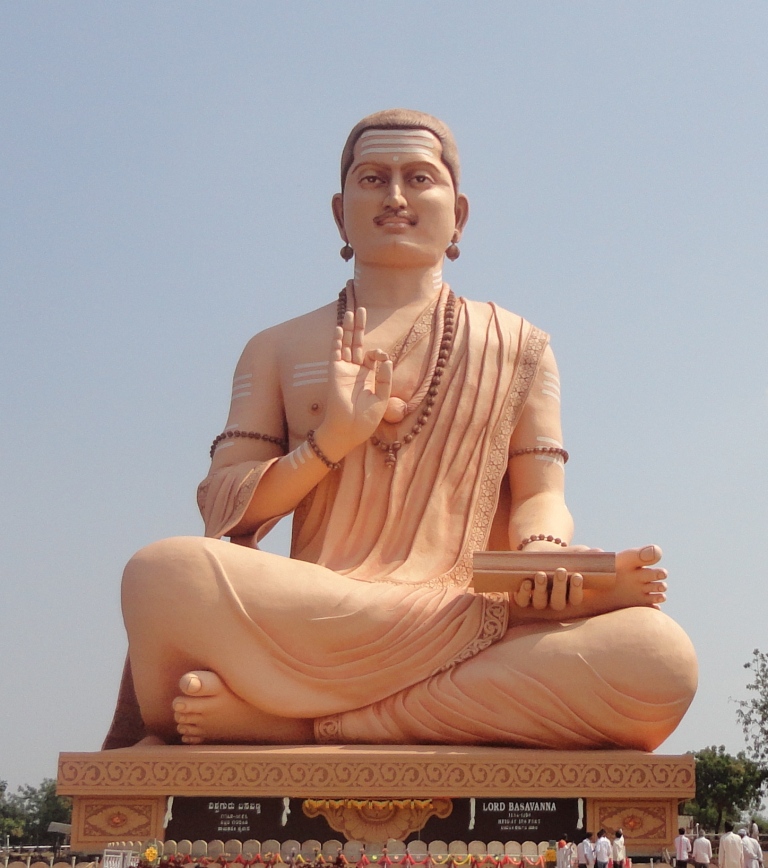
Today, Vice-President M Hamid Ansari said that Basaweshwara, a 12th-century saint, philosopher, and social reformer, is most relevant for constructing a contemporary and progressive society because of his worldwide message of humanity’s unity, equality, brotherhood, and compassion. Ansari was addressing at a gathering here to honor the birth centenary of former Vice-President B D Jatti and to release the 10 volumes of Basaweshwara’s ‘Vachanas’ (socio-spiritual hymns). Basaveshwara battled injustice and unfairness in society, particularly the harsh caste system, according to him. He promoted social awareness and preached equality for all people and the abolition of untouchability. Ansari stated, “His teachings were founded on rational, progressive social thoughts.” “His universal message of humanity’s oneness, equality, brotherhood, and compassion, which transcends religious barriers, is not only applicable for constructing a modern, progressive society in the twenty-first century but also timeless.” Jatti’s stint as Chairman of the Rajya Sabha, according to the Vice-President, was praised by members of both Houses of Parliament for his talents, scholarship, profundity, humility, and kindness. “His Jatti’s coworkers described him as straightforward, self-effacing, and friendly, but also fearless, resolute, and dependable. Ansari continued, he was generally regarded as a political leader who advocated for values-based politics and served as a model of selflessness “Ansari continued.
Basava was a brilliant mystic who went through the same things that every great mystic goes through. The way Lingayat interpreted his experiences and how his contemporaries and later followers perceived his discoveries is crucial to Lingayat and humanity. This, like every religion, has been and continues to be cloned in various ways by various persons at various times. You can only understand as much as your inner experience enables you to, and you must express yourself in the context of your moment. Basava had to express himself in the several faiths that surrounded him, including Hinduism, Jainism, Buddhism, and Nestorian Christianity. The four Sthalas Stages of Lingayathism are linked to the Kundalini-Yoga centers. However, concentrating on the Linga on the open left palm is safer than focusing on the centers and produces identical effects. Basava’s monotheism is far more compatible with Hinduism than Jainism or Buddhism.
Affirmations

1. I’m a saint, believe it or not.
2. I am made up of the brightness of the Universe.
3. Positive energy enters and exits my body.
4. I’m head over heels in love.
5. I am a celestial being.
6. I exude kindness and serenity.
7. My lungs are filled with the light of God.
8. I have no boundaries.
9. I am linked to the boundless wealth of the Universe.
10. I am no longer obligated in any way.
11. My spirituality has been reawakened in me.
12. God is in charge of all I do.
13. My spirit and light are shared with people who are close to me.
14. I haven’t been contaminated in any way.
15. Enlightenment comes naturally and spontaneously every day.
16. God is, in my opinion, present in all of creation.
17. I provide permission to the Universe to work through me.
18. My existence is a blessing.
19. I receive my happiness from the spiritual nourishment of the Universe.
20. They are allowing relaxation, stability, and love to pour over me.
21. I feel safe in God’s embrace.
22. I am made up of the brilliance of the Universe.
23. My body is filled with positive energy that goes in and out.
24. God’s brightness has invaded my lungs.
25. I am linked to the boundless wealth of the Universe.
26. My spirituality has resurfaced.
27. My spirit and brilliance are received by those who are close to me.
28. I have not been corrupted in any manner.
29. Enlightenment happens naturally and spontaneously every day.
30. God, in my perspective, is present in all of creation.
31. I provide permission to the Universe to work through me.
32. My joy is derived from the spiritual nourishment provided by the Universe.
33. I am allowing myself to be engulfed in a cocoon of peace, security, and love.
34. I am made up of the brightness of the Universe.
35. My body is filled with positive energy that goes in and out.
36. I am linked to the boundless wealth of the Universe.
37. I’m no longer confined in any way.
38. My spirituality has resurfaced.
39. I’m a saint, believe it or not.
40. I am made up of the brightness of the Universe.
41. Positive energy enters and exits my body.
42. I’m head over heels in love.
43. I am a celestial being.
44. I exude kindness and serenity.
45. My lungs are filled with the light of God.
46. I have no boundaries.
47. I am linked to the boundless wealth of the Universe.
48. I am no longer obligated in any way.
49. My spirituality has been reawakened in me.
50. God is in charge of all I do.
51. My spirit and light are shared with people who are close to me.
52. I haven’t been contaminated in any way.
53. Enlightenment comes naturally and spontaneously every day.
54. God is, in my opinion, present in all of creation.
55. I provide permission to the Universe to work through me.
56. My existence is a blessing.
57. People that are close to me receive my spirit and brightness.
58. In no way have I been tainted.
59. Between the Universe and myself, I am in a symbiotic relationship.
60. I am a part of the Cosmos.
61. I’m a ghost who’s trying to live a normal life.
62. I have access to source energy at all times.
63. I am an infinite and immortal being.
64. I’ve let go of the past and am looking forward to the future.
65. I currently wield the greatest amount of power.
66. I believe in the divine design of the Universe.
67. I’m on the road to enlightenment.
68. I’m connected to the wisdom of the Universe.
69. I’m willing to go with the flow of the Universe.
70. I take a step back and surrender to the Universe’s will.
71. I’m sure I’m being guided in the proper route.
72. I choose to be the light in every scenario.
73. I like to think of my difficulties as opportunities to grow closer to God.
74. The world is my school, and people are my homework.
75. I let go of everything that was getting in the way of my spiritual connection.
76. I fearlessly let go, allowing the Universe to unveil its great destiny for me.
77. I trust the Universe to provide me with exactly what I need at the right time.
78. I am inextricably related to the divine fountain of the Universe.
79. My brilliant spirit has found a nice home in my exquisite body.
80. The Universe has been a fantastic protector, inspiration, and guide for me.
81. I submit to the loving will of the Universe.
82. I am a celestial symphony. The brightness I seek is always present within me.
83. Every day, I aim to be the best version of myself.
84. The Universe adores me with enthusiasm and unconditional devotion.
85. I am deserving of the unconditional love of divine energy.
86. I have unlimited creativity, abundance, health, happiness, and love at my disposal.
87. I am certain that everything I require will arrive at the precise time and location that I require.
88. Everything is coming together well. I believe in you.
89. Every day, enlightenment occurs organically and spontaneously.
90. In my opinion, God is present throughout all of creation.
91. I give the Universe permission to work through me.
92. My enjoyment comes from the Universe’s spiritual nutrition.
93. People that are close to me receive my spirit and brightness.
94. In no way have I been tainted.
95. Every day, enlightenment occurs organically and spontaneously.
96. In my opinion, God is present throughout all of creation.
97. I give the Universe permission to work through me.
98. My enjoyment comes from the Universe’s spiritual nutrition.
99. I am allowing myself to be enveloped in calm, stability, and love.
100. I receive my happiness from the spiritual nourishment of the Universe.
101. They are allowing relaxation, stability, and love to pour over me.
102. I feel safe in God’s embrace.
103. Even when the world is in darkness, I walk in faith, love, and light.
104. My confidence in my heavenly journey is unshakeable.
105. I’m Source Energy housed in a human form, and anything is possible for me.
106. I attract positive, loving, abundant energy by vibrating with positive, loving, abundant energy.
107. I have a never-ending stream of fantastic ideas and exquisite creativity at my disposal.
108. I believe in myself and respect my intuition.
109. Everything is coming together well. I choose to trust instead of fear.
110. I have faith and trust that everything is always working out in my favor.
111. I’m relaxed. I’m in command. I’m solidly established.
112. This Universe is continually holding and guiding me gently and tenderly.
113. I let go of my skepticism and accepted faith.
114. In my life now, I allow miracles and magic to happen.

